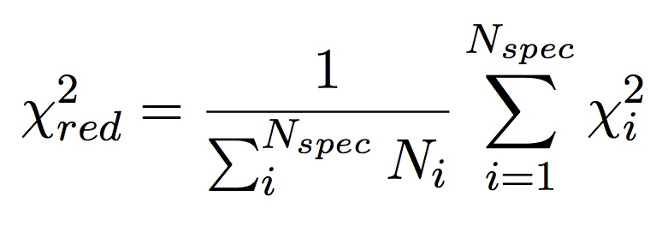LineAnalysisScripting¶
| Last update: | 28/07/14 |
|---|
Introduction¶
In addition to the graphical user interface, CASSIS allows its users to create their own scripts in Jython to analyze lines.
LineAnalysisScripting.py is a library allowing to simplify the search of the best physical parameters for modelling an astrophysical source in CASSIS LineAnalysis by using a regular grid or a Markov Chain Monte Carlo method in Local Thermodynamic Equilibrium or in RADEX models.
The current documentation describes how to use this library and create your own scripts. (Examples of scripts with their associated data are provided on the website.)
In order to determine the best set of parameters that fit a given observation, you must compute the best fit model over all models following the standard \(\chi^{2}\) minimisation for \(N_{spec}\) spectra given by the Lampston et al. (1976) formalism. LineAnalysisScripting.py computes the \(\chi^{2}\) between the simulated and the observed data for each model and finds the minimal \(\chi^{2}\):

where \(I_{obs,ij}\) and \(I_{model,ij}\) are respectively the observed and the modelled intensity in the channel j of the transition i, \(rms_{i}\) is the rms of the spectrum i, \(cal_{i}\) its calibration error. The reduced \(\chi^{2}\) is computed by CASSIS as below:

The steps below will explain you more in details how to use LineAnalysisScripting.py.